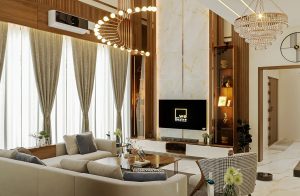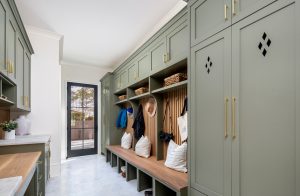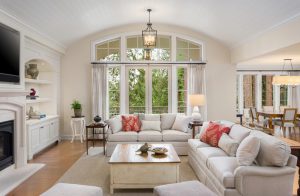Why Space Optimization Is Essential For Your Home
The effective use of space allows for better organization and reduces clutter. A well-optimized area can create a sense of calm, making it easier for occupants to navigate their surroundings. By strategically placing furniture and utilizing vertical space, individuals can create a more open and airy atmosphere. This approach not only improves the visual appeal of a room but also enhances its usability.
Incorporating multifunctional furniture is a key strategy for space optimization. Pieces that serve multiple purposes, such as a sofa bed or an ottoman with storage, can significantly reduce the need for excessive furnishings. This versatility allows homeowners to maximize their space without sacrificing comfort or style. Choosing furniture that adapts to various needs can lead to a more dynamic living environment.
Storage solutions play a vital role in optimizing space. Utilizing underutilized areas, such as beneath beds or above cabinets, can provide additional storage without consuming valuable floor space. Built-in shelves, wall-mounted organizers, and hidden compartments can help keep belongings organized and accessible. A well-organized space can enhance productivity and make daily tasks more manageable.
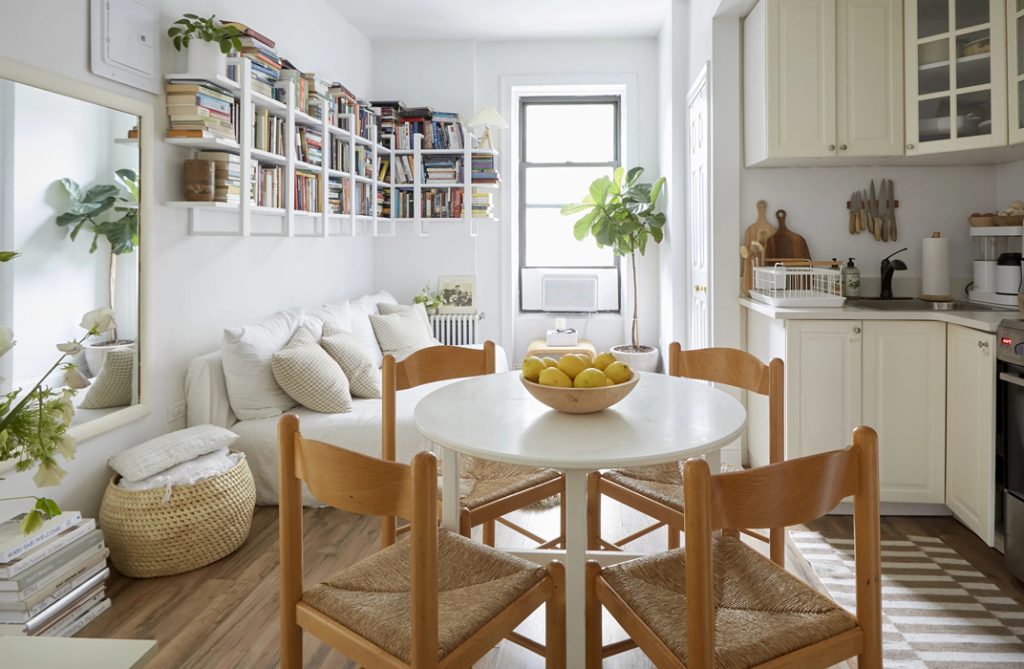
Natural light is another important element in space optimization. Well-lit areas appear larger and more inviting. Maximizing natural light through window treatments and strategic placement of mirrors can create an illusion of spaciousness. Light colors on walls and furnishings can also contribute to a brighter, more open feel. Emphasizing natural light not only improves aesthetics but also promotes a positive atmosphere.
Zoning is a valuable technique in optimizing space, especially in open-concept homes. Defining different areas for specific activities can enhance functionality. Using rugs, furniture arrangements, or decorative dividers can help create distinct zones for living, dining, and working. This separation allows for a more organized flow and ensures that each area serves its intended purpose effectively.
Incorporating plants can also enhance space optimization. Greenery adds life to a room while improving air quality. Vertical gardens or hanging planters can introduce nature into smaller spaces without occupying floor area. The presence of plants can create a calming environment, making spaces feel more vibrant and welcoming.
Lighter hues can make a room feel more open, while darker colors can create a cozy atmosphere. When optimizing space, selecting a cohesive color palette can unify different areas and enhance the overall flow of the home. This thoughtful approach to color can significantly impact how occupants experience their environment.
Regular decluttering is essential for maintaining an optimized space. Evaluating belongings and removing items that are no longer needed can free up valuable room. This practice not only improves organization but also promotes a more serene living environment. Establishing a routine for decluttering can help individuals stay mindful of their space and maintain its functionality.
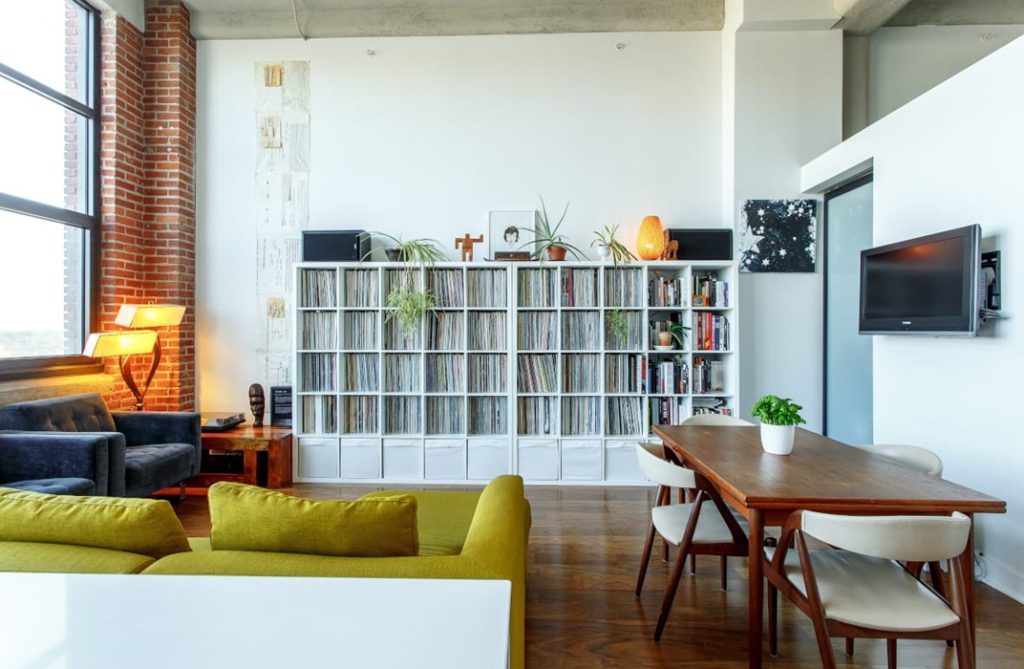
Incorporating technology can also aid in space optimization. Smart home devices can streamline daily tasks and enhance efficiency. For instance, smart lighting systems can adjust brightness according to the time of day, creating a more adaptable environment. Utilizing technology effectively can enhance both comfort and convenience, making spaces more enjoyable to live in.
Principles of space optimization can lead to more functional and aesthetically pleasing homes. By making informed choices about furniture, storage, and organization, individuals can create spaces that reflect their lifestyle and preferences. Emphasizing space optimization ultimately contributes to a more harmonious living experience that meets the needs of its occupants.


